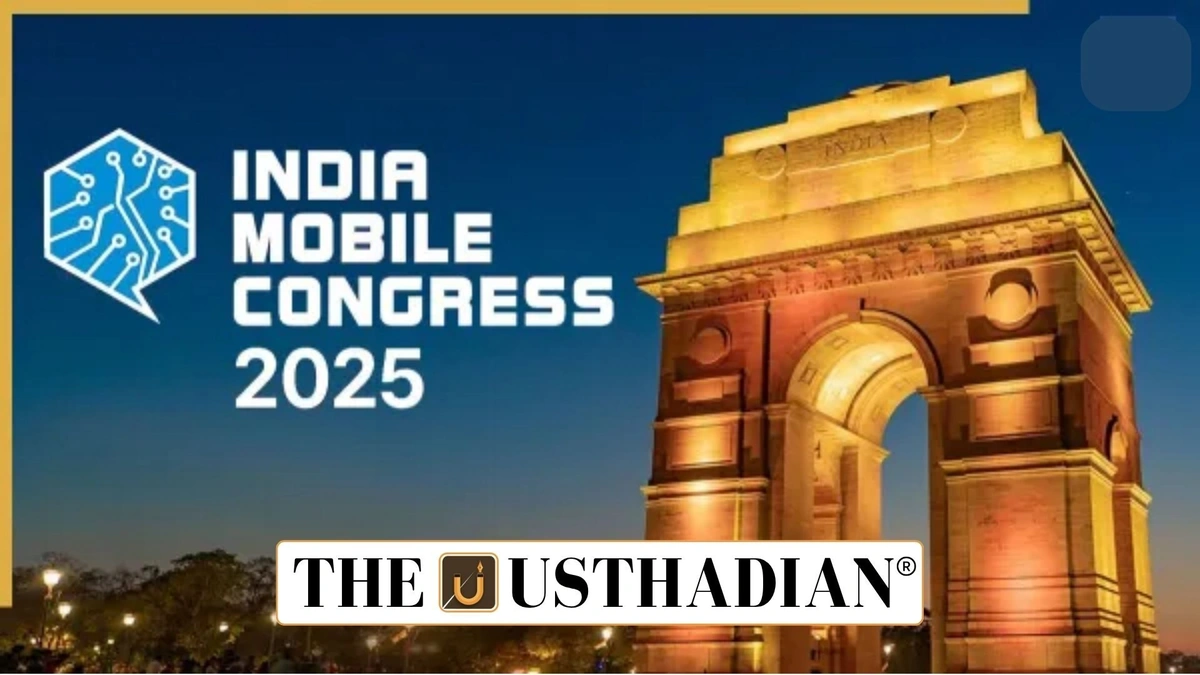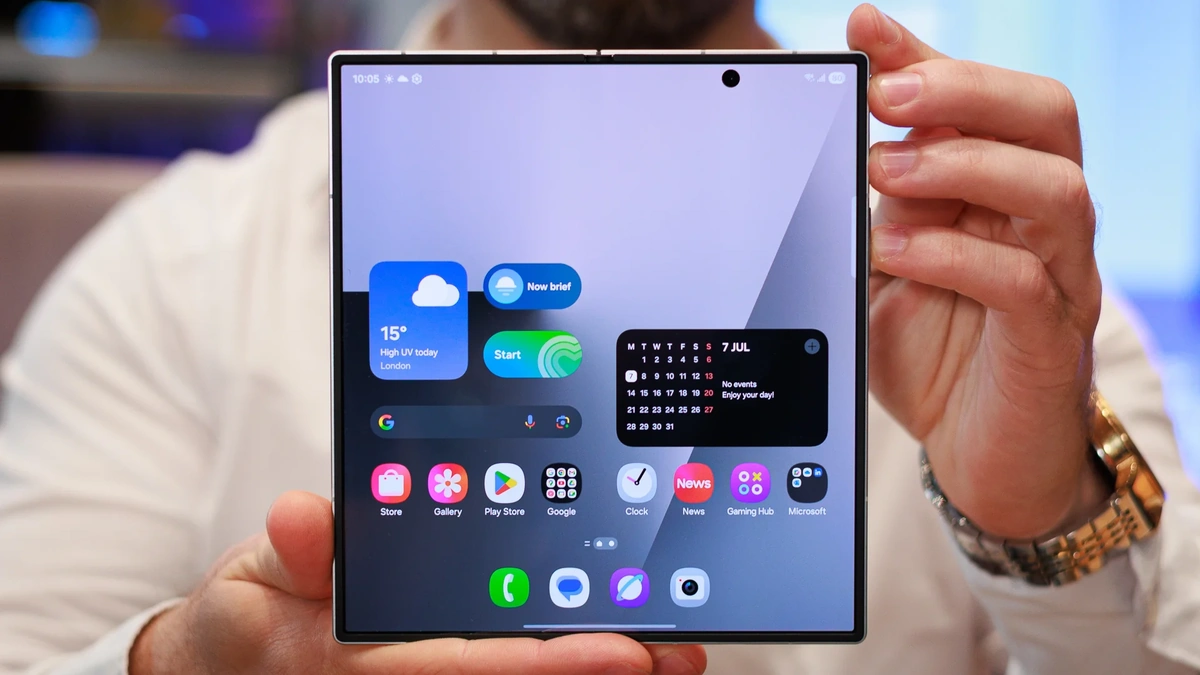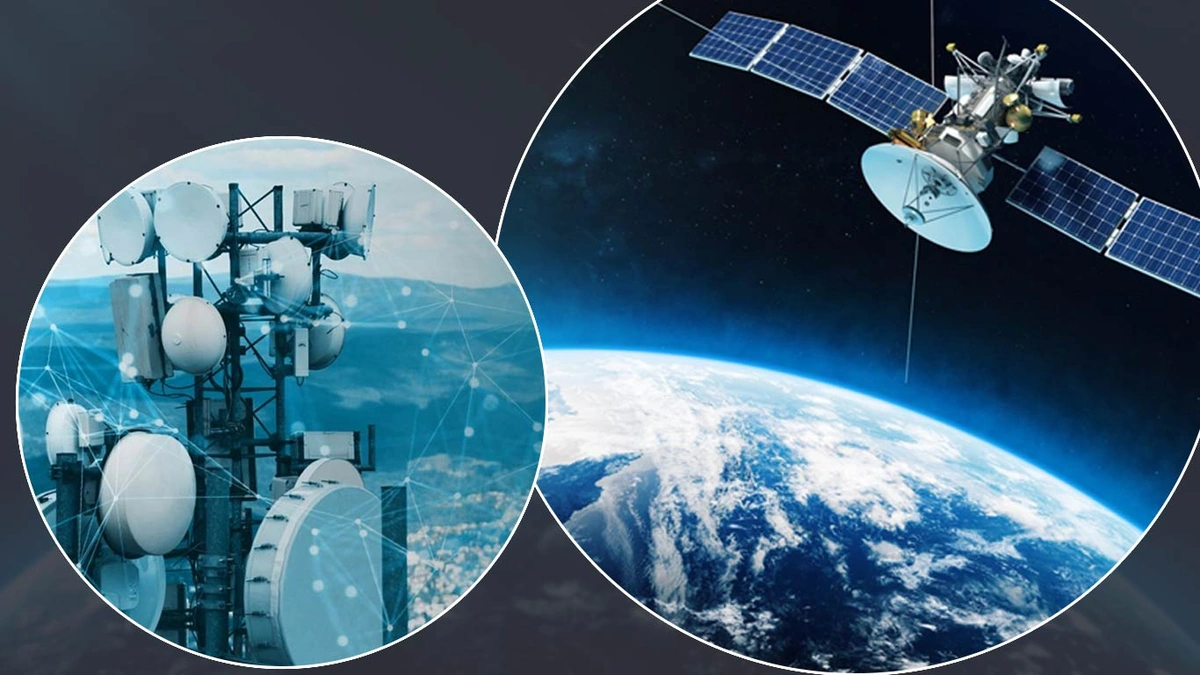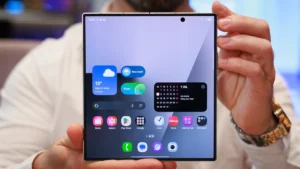Strategic Telecom Vision Highlights Indian Mobile Congress 2025 Conclusion
The Indian Mobile Congress 2025 recently wrapped up, and while the news headlines focused on the usual tech demos and keynote speeches, the real story is buried a little deeper. It’s not just about the gadgets; it’s about the strategic vision that emerged – a vision that could fundamentally reshape India’s telecom landscape. Here’s the thing: this isn’t just industry jargon; it directly impacts you, me, and everyone using a mobile phone or relying on internet connectivity in India. Let’s dissect why.
Beyond 5G | The Telecom Transformation Agenda
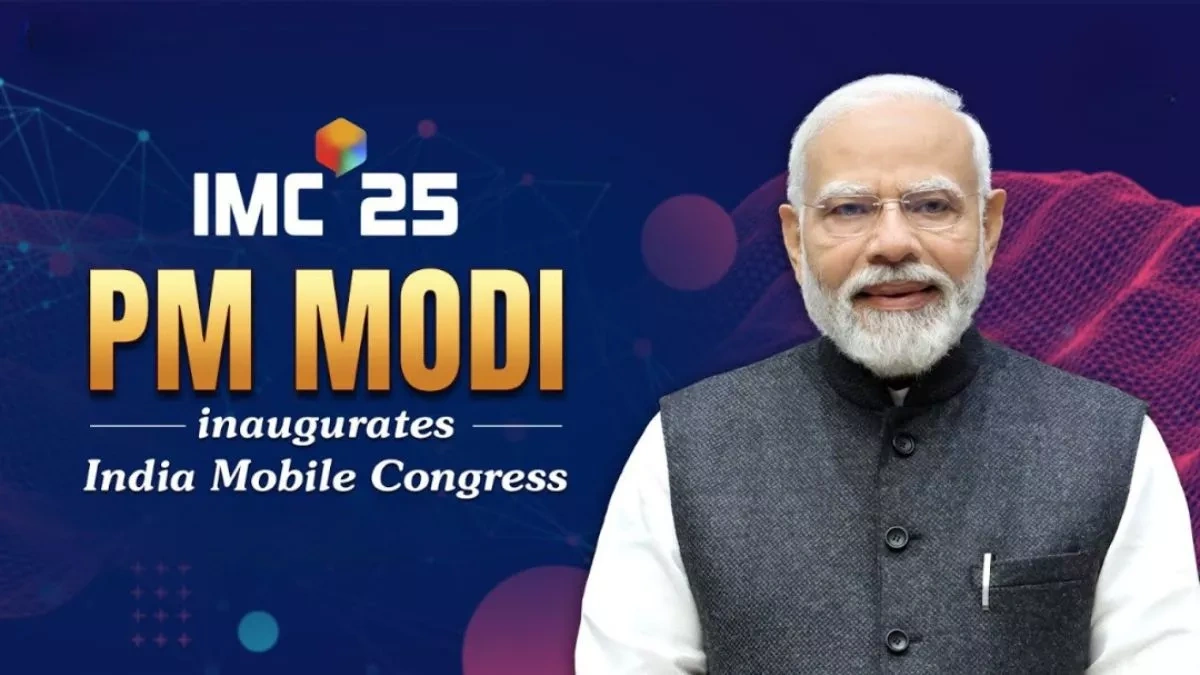
Everyone’s talking about 5G, but the Indian Mobile Congress 2025 painted a picture far broader than just faster downloads. The real takeaway? A comprehensive strategy focused on digital inclusion and affordable connectivity. But what does that actually mean? It means bridging the digital divide, ensuring that even the most remote areas of India have access to reliable internet. Think about it – farmers getting real-time market information, students attending online classes from rural villages, and entrepreneurs launching businesses from anywhere in the country. That’s the potential we’re talking about. As per industry reports, the discussion extended to optimizing spectrum allocation for enhanced network performance. The aim is to maximize efficiency and bring affordable connectivity to every corner of the nation. This included conversations around low-earth orbit (LEO) satellite technology, which is being explored to reach areas where laying fiber optic cables is challenging. If this succeeds, it will boost other programs like Digital India initiatives, and make mobile devicepenetration even higher.
Affordable Connectivity | The Key to Unlocking Digital India
Let’s be honest: 5G is cool, but it’s not much use if only a small percentage of the population can afford it. The Indian Mobile Congress 2025 stressed the importance of affordable data plans and accessible devices. This involves partnerships between telecom operators and handset manufacturers to offer subsidized smartphones and data packages. The government is pushing for initiatives that promote local manufacturing of telecom equipment, which can further drive down costs. What fascinates me is the ripple effect this could have on the Indian economy. Cheaper internet access translates to more people online, more opportunities for e-commerce, and a more digitally literate population overall. But, these telecom initiatives also need to keep in mind the impact on carbon emissions and power consumption. Greener telecom networks powered by renewable energy are also being explored. A balance is needed to achieve both digital inclusivity and environmental sustainability. The discussions at the congress also highlighted the need for robust cybersecurity measures to protect users’ data and privacy as connectivity expands. So, the vision for 2025 and beyond is not just about speed and accessibility, but also about safety and responsibility.
The Role of AI and IoT in Telecom’s Future
Artificial Intelligence (AI) and the Internet of Things (IoT) were also major talking points at the Congress. But forget the hype; let’s focus on the practical applications. AI can be used to optimize network performance, predict and prevent outages, and personalize user experiences. Imagine an AI-powered system that automatically adjusts network resources based on real-time demand, ensuring seamless connectivity even during peak hours. And IoT? It’s about connecting everything – from smart homes to smart cities – creating a vast network of interconnected devices. According to reports from the event, the strategic vision includes integrating AI and IoT to build intelligent telecom infrastructure that can support a wide range of applications, from healthcare to transportation. This is not just about making our lives easier; it’s about creating a more efficient and sustainable future. But, these new technologies also bring new challenges like increased security threats. Robust security systems, data privacy, and fraud detection are all part of the strategic vision for telecom in India, as emphasized in the conference’s security panel discussions.
Skill Development for the 5G Era and Beyond
Here’s where it gets personal. All this technological advancement is fantastic, but it requires a skilled workforce to implement and manage it. The Indian Mobile Congress 2025 underscored the need for massive skill development programs to train individuals in areas like 5G network deployment, AI, IoT, and cybersecurity. This isn’t just about creating jobs; it’s about empowering people with the skills they need to thrive in the digital economy. I initially thought this was straightforward, but then I realized the complexity of the challenge. It’s not just about technical skills; it’s also about fostering creativity, problem-solving, and adaptability. The skill development programs need to be tailored to meet the specific needs of the telecom industry, and they need to be accessible to individuals from all backgrounds. The good news is that the government is actively promoting partnerships between industry, academia, and training institutions to address this challenge. This comprehensive approach is aimed at building a robust talent pipeline that can support the continued growth of the telecom sector.
Challenges and the Path Forward
No revolution comes without its set of challenges. Spectrum availability, infrastructure development, and regulatory hurdles are some of the key obstacles that need to be addressed. But – and this is a big but – the Indian Mobile Congress 2025 demonstrated a clear commitment from the government, industry, and academia to work together to overcome these challenges. The focus is on creating a conducive environment for innovation and investment, fostering collaboration, and streamlining regulatory processes. According to the event summaries, the key is a proactive and agile approach, one that can adapt to the rapidly evolving technological landscape. This includes creating clear and consistent policies, promoting open standards, and encouraging public-private partnerships. While sources suggest a specific timeline for some initiatives, the official confirmation is still pending. It’s best to keep checking the official telecom regulatory websites. And here’s where I think the real opportunity lies: in creating a truly inclusive and sustainable digital ecosystem that benefits all Indians. The journey may be complex, but the destination is well worth the effort. Connecting Indiais not just about technology; it’s about transforming lives.
FAQ Section
Frequently Asked Questions
What were the major highlights of the Indian Mobile Congress 2025?
The Congress focused on strategic telecom vision, affordable connectivity, AI, IoT, and skill development.
How will affordable connectivity impact the average Indian?
It will provide access to online education, healthcare, and economic opportunities.
What role will AI and IoT play in the future of telecom in India?
AI and IoT will optimize network performance, prevent outages, and personalize user experiences.
What are the key challenges facing the Indian telecom sector?
Spectrum availability, infrastructure development, and regulatory hurdles are major challenges.
How is the government addressing the skill gap in the telecom industry?
By promoting partnerships between industry, academia, and training institutions.
What is the long-term vision for telecom in India?
To create an inclusive and sustainable digital ecosystem for all Indians.
